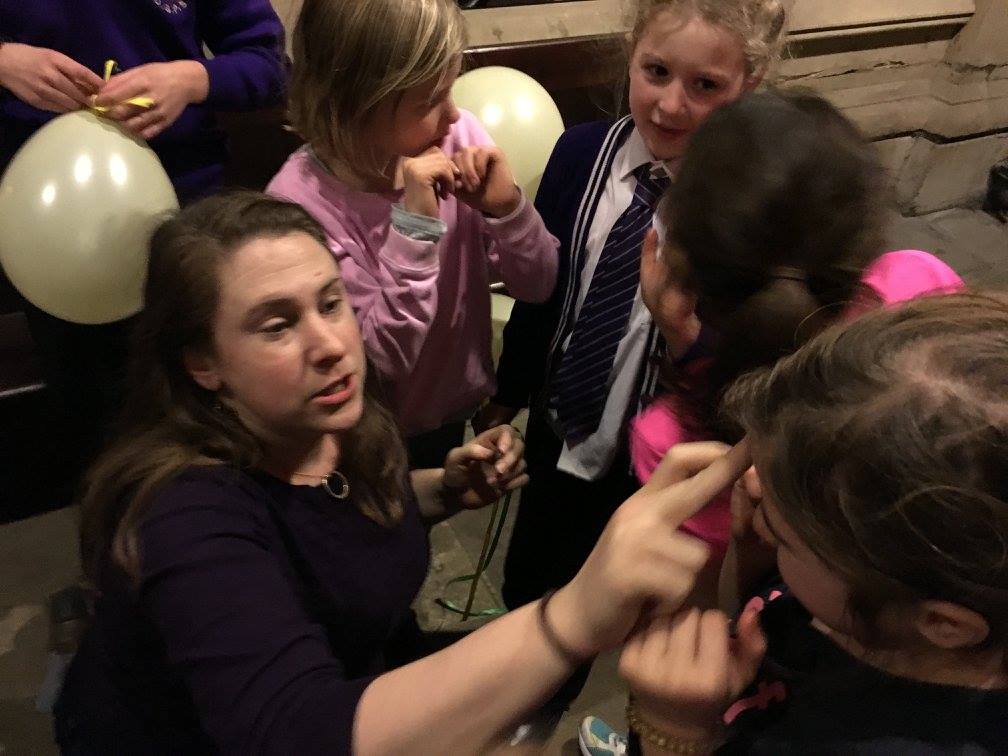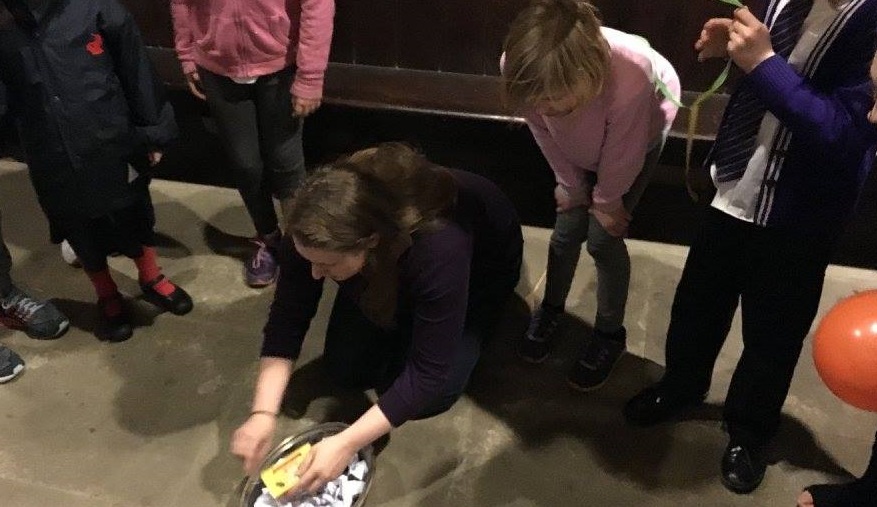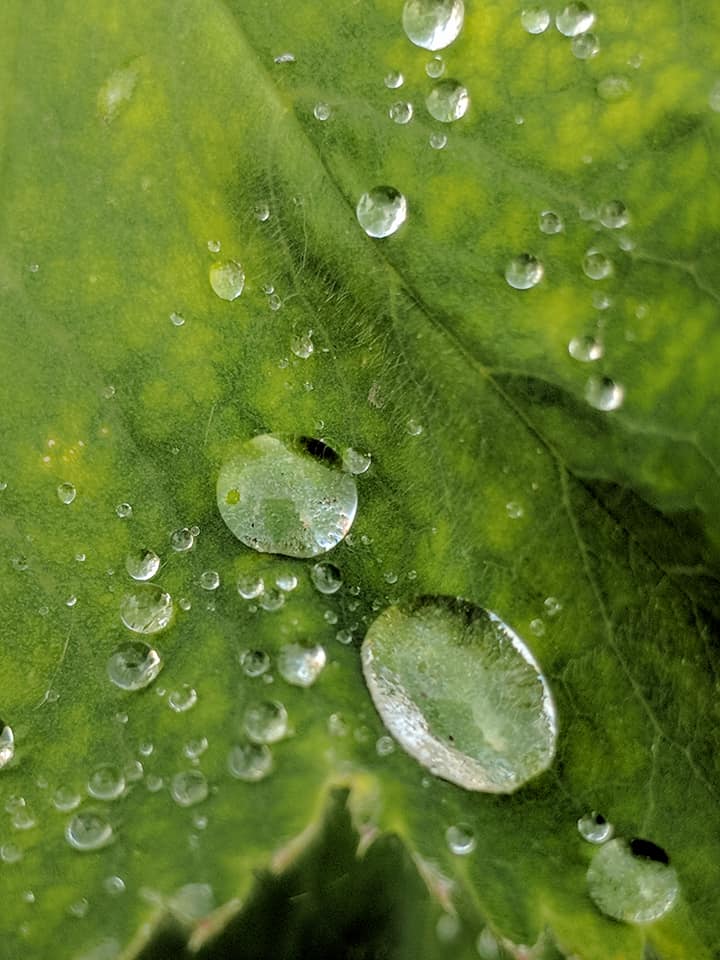Ash Wednesday is next week. I’ve noticed, this year, a bit of concern around Ash Wednesday and Lent that I hadn’t seen before, in relation to children. In several places, people have expressed reservations about using the words “remember that you are dust, and to dust you will return,” with children.
My opinion is that, in the right context, these words are powerful. Ash Wednesday and Lent are times when we confront our mortality, and our fear of death, and we acknowledge the ways in which the world is messed up and broken and hard and scary. At Easter, we hear the good news that God’s love is stronger than sin and death.
If we paper over the real fear of death, and the real existence of sin, we provide a faith that is always happy and nice and kind, and we leave children alone with the fear of death and the existence of sin, with no tools to process these challenging topics, and no sense that the church is a place where we can wrestle with these things.
Here is what I did, for many years, at the end of our pancake party. Most of these children would not be in church on Ash Wednesday, so this was a way of moving from Shrove Tuesday into Ash Wednesday, creating the feast/fast contrast, and introducing the season.
Ideally, you will have a small outdoor space to do this in.

ASH WEDNESDAY ACTIVITY WITH CHILDREN:
Outside:
Large metal cooking pot from kitchen, possibly elevated on bricks
Dried palm crosses
A tiny bit of oil, if needed, to help them ignite
Fire extinguisher and bucket of water
Long matches
Small bowl and spoon
Inside, in the community space:
Blank paper and pencils/markers
Pictures of “sin” – always communal, and social, eg pollution, violence, poverty. We’re looking at how we as a society fail to create the world God wants, and grieving for it, NOT at personal “failures.”
What I do:
1. Gather everyone by the door. Ask who knows why we have pancakes today. Gather answers from the group. Use the answers to get to the idea that we’re about to start a season called LENT, and that during Lent, we remember all the hard and sad and scary things that Jesus came into the world to save us from.
2. Ask what are some of the hard and sad and scary things in the world – gather responses. If some of them match the pictures, you can hold them up and show the group. (Here we can think in generic terms about things we all do as individuals – like being cruel to each other – and also things we all do as a group, or as humanity – like war, and poverty.)
3. Explain that Lent is 40 days long, because when Jesus was just starting out his work, he spent 40 days in the desert all alone with God.
4. Explain that before we start this sad time, we like to have a really good party! And that in the old days, people used to give up some special treats, like sugar and eggs and meat, so they celebrated right before by eating all these things. And nowadays, we might want to give up a treat, or take on an extra job, to help us get closer to God, and think about what it was like for Jesus in the desert, without special treats. Or we might want to try giving up a bad habit, or something we do that hurts God’s world, or ourselves, or each other.
5. Pass out the blank pieces of paper and pencils. Ask people to think about EITHER something they might give up/take on for Lent, OR something in the world that’s hard or sad or scary, that they want Jesus to help with.
6. Go outside and form a circle around the pot. Have people put their pieces of paper in the pot, along with the palm crosses. As far as possible, clear people away from the direction of the wind.
7. Set everything in the pot on fire. Ask people to think about how we’re burning the parts of ourselves we want to give up, or the hard/sad/scary things in the world. We’re turning them to ash. And we’re remembering that at the end of Lent, we remember Jesus dying to save the world, and that we will someday die too. But we know that Easter comes after that, when Jesus rose with new life to share with all of us.

8. When enough of the papers/palm crosses have burned that you have sufficient ash, put a few drops of water on it to cool it off (Note: it’s been pointed out to me that apparently it’s dangerous to cool ashes with water, and they’ll burn. I tested it on myself first, and, both on myself and with children, over many years, have never had an issue. I have no idea why mine were fine and others’ reports are different. Perhaps the large volume of paper – the ashes are, at the end of this, more paper than palm – is what made the difference. Regardless, it’s definitely worth testing an approximation of your mixture in advance.). Gather some ash into the small bowl with the spoon, and ash the person next to you. Have people practice the words “remember you are dust, and to dust you will return,” and have people go around the circle, ashing the person next to them. Finish by inviting the children to ash you. Being ashed by a group of children, reminding you that you are dust, is unfailingly an incredibly powerful experience for me.
9. Wash your hands. They will still be filthy, through the end of the next day. It’s seasonally appropriate.



